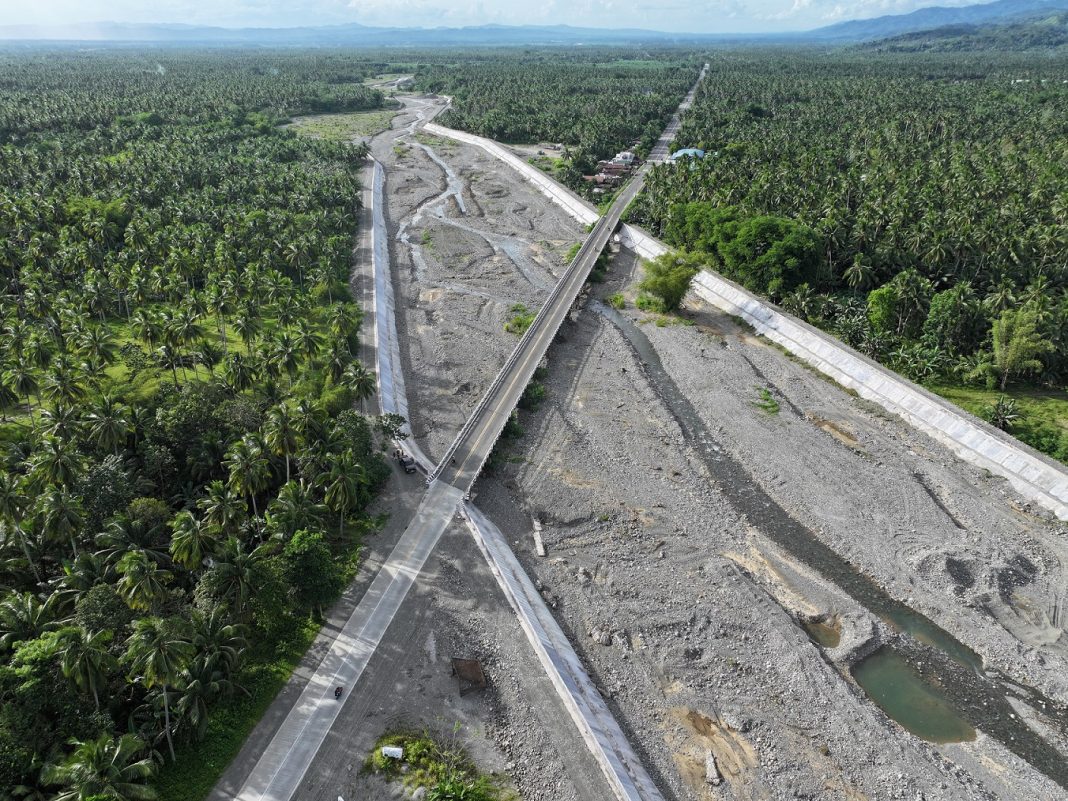The Philippine gross domestic product (GDP) grew by 4.0 percent in the third quarter, bringing the year-to-date average to 5.0 percent, below the government’s target range of 5.5 to 6.5 percent, due to sharp contraction in spending for public construction projects and lower disbursement of government subsidies, data from the Philippine Statistics Authority (PSA) showed.
GDP is the total value of all the goods and services produced within a country’s borders over a specific period, usually a year or a quarter. It acts as a broad measure of a nation’s economic health and size, as a growing GDP typically indicates a growing economy with increased output, spending, and employment.
Arsenio M. Balisacan, secretary of the Department of Economy, Planning, and Development, said the third quarter’s performance is a reminder of the urgent need to address key challenges and strengthen foundations for rapid, sustained, and inclusive growth.
According to Balisacan, the slowdown in the country’s economic was largely due to slowdown in government infrastructure following the implementation of stricter measures as a result of the ongoing investigation on the massive scale corruption in the government’s flood control projects and the lower disbursement of the conditional cash transfer (CCT), a subsidiary program for the most vulnerable sector.
Balisacan explained that the supply side posted weaker growth, with a sharp contraction in public construction due to stricter validation measures for Department of Public Works and Highway’s civil works, as well as the implementation of stricter requirements that delayed billings and disbursements for government projects. Private construction remained respectable, but investment in durable equipment was subdued.
On the demand side, Balisan said, the household consumption growth slowed to 4.1 percent. Widespread cancellations of school, work, and travel activities due to typhoons likely dampened spending. Moreover, consumer confidence may have been affected by the ongoing probes and discussions on government infrastructure spending, prompting many households to postpone purchases, especially durable goods.
Compared to the second quarter, there was an observed lower disbursement of conditional cash transfers during the third quarter, which contributed to weaker consumption.
“These trends both reflect and affect consumer and business expectations and provide a clear signal for the government to act boldly and decisively,” Balisacan said.




